Whether you're debating whether to add insulation to your home or you're currently dealing with a moisture problem, it's important to understand the role that insulation plays in preventing or causing condensation. We've researched the relationship between the two to help you make the best decisions for your home.
Insulation is used to prevent condensation. However, if it is installed incorrectly, it can cause condensation and moisture issues in your walls, attic, or basement. When this happens, it's usually because the installation has been applied too heavily, leaving the condensation from the outside with nowhere to escape. But this can be avoided if you consult with a professional HVAC expert.
Insulation shouldn't be installed haphazardly. You should first determine what type and how much insulation is best for your home beforehand. Also, if you have any moisture-related issues, it may be helpful to know what your options are before starting the project. Continue reading to learn more.
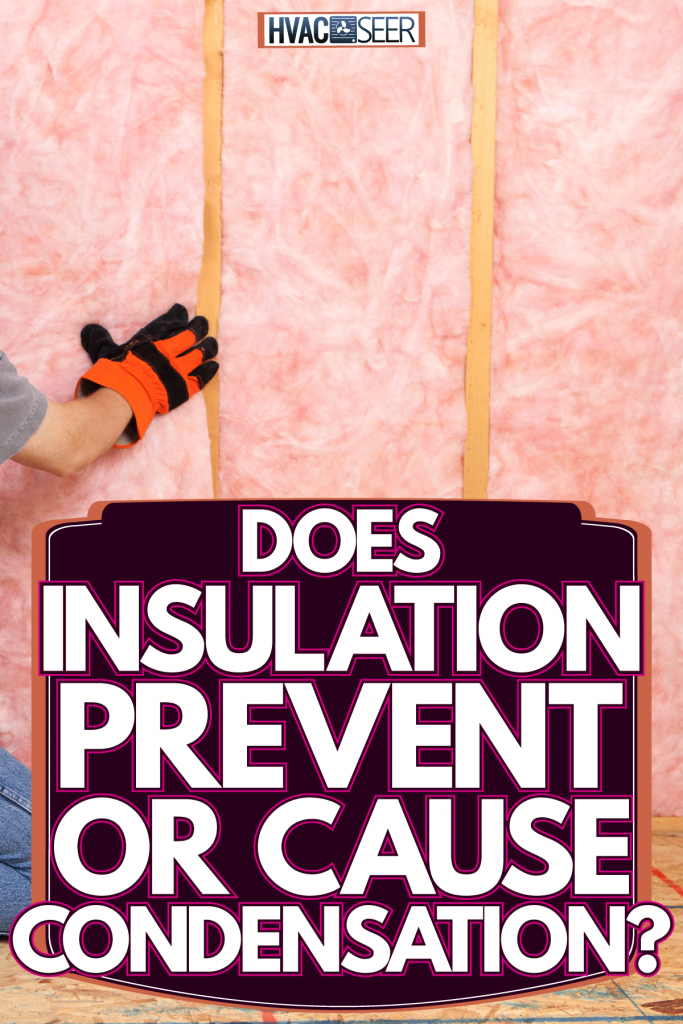
Insulation and Humidity Concerns
Even after your insulation has been installed, you may find condensation forming on the walls, windows, and other areas of your home. This could be due to too little or too much insulation being placed in the walls or other areas. Or it could simply be installed incorrectly (with voids/gaps in the insulation).
Another concern that comes up with this issue is the potential presence of mold. If the interior of your home is continuously exposed to too much moisture, mold will likely grow on the walls, window sills, and other areas where insulation is present. It can also grow within the insulation, particularly within fiberglass rolls and batts.
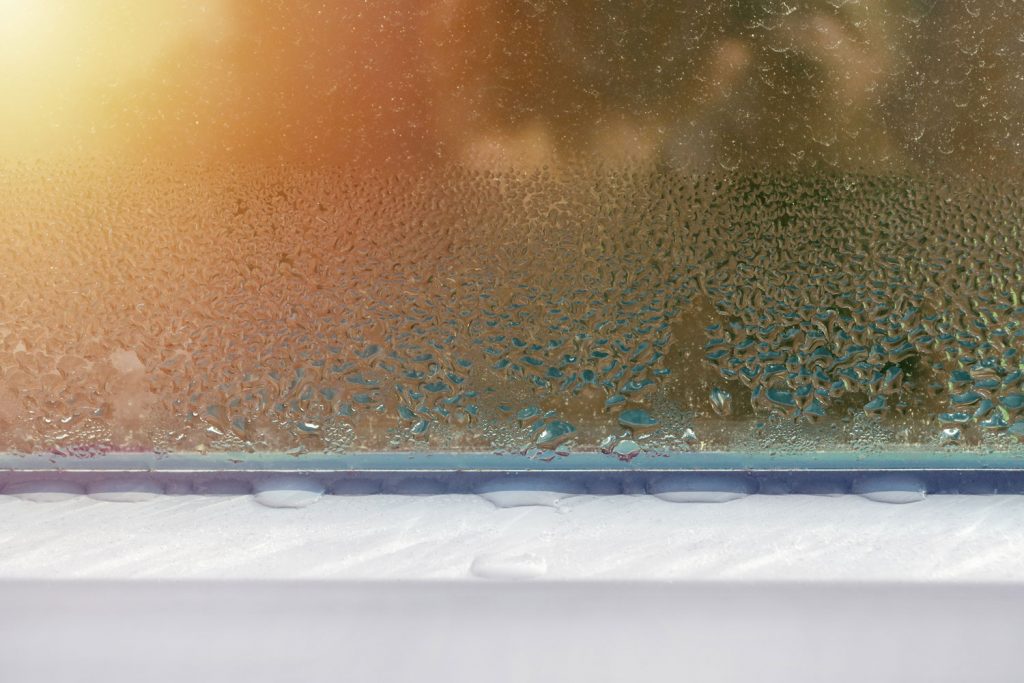
If you live in an area with excessive humidity, the thickness of the insulation alone simply won't be enough to make up for the high levels of water vapor in the surrounding air.
As a result, you may still find condensation around the home. To prevent this issue, many HVAC technicians recommend installing a vapor retarder near the insulation.
The vapor retarder can be installed in the attic, basement, or crawl space of the home. The vapor retarder is an insulating material with very low water vapor permeability.
Its role is to minimize the amount of water vapor that's able to pass through it. The attic and basement should also be sealed before the retarder has been installed.
Does insulation absorb condensation?
Yes, insulation absorbs up to half an inch to one inch of water per day at temperatures warmer than 60 degrees. Also, insulation can only absorb so much condensation before it becomes an issue. When too much moisture enters the insulation, it can lead to the development of mold and mildew.
Mold and mildew damage not only affects your home and insulation, but their spores can adversely affect the health of you and your family.
How much insulation do you need to stop condensation?
Typically, you'll want to apply insulation so that the layers are at least one to two inches thick. However, the specific amount needed for your home will depend on a few factors.
It will depend on the area that you're insulating, such as the walls, attic, basement, and around windows and door frames.
It'll also depend on the regional climate of the area in which you live. For example, if you live in an area that is especially humid but warm, such as Florida, you may need to install a thin level of insulation but with a vapor barrier.
Does insulation stop mold?
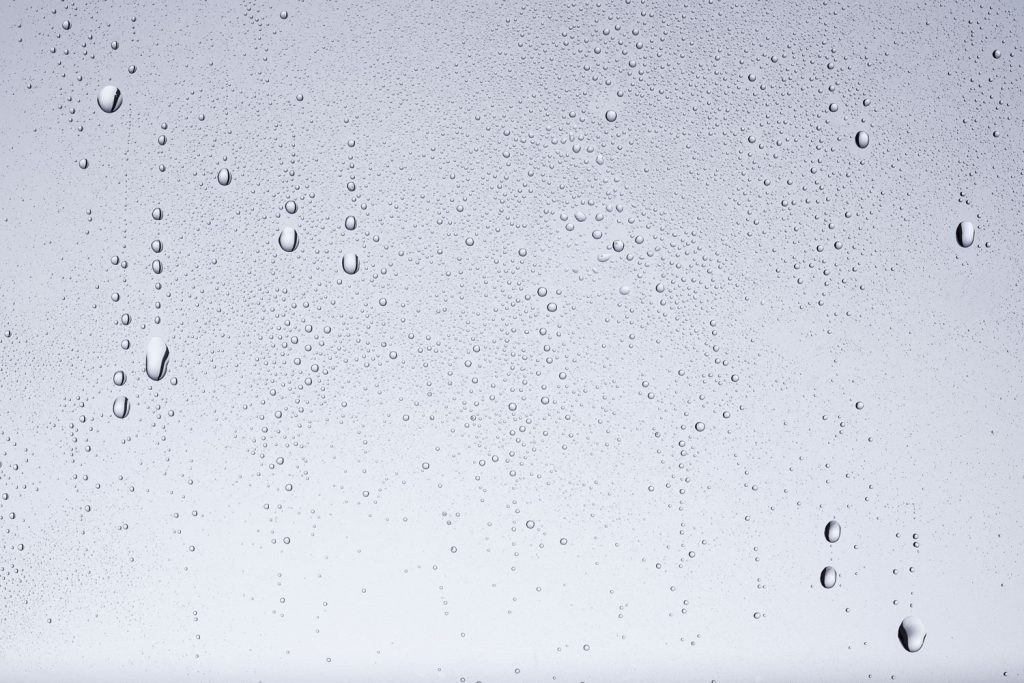
Mold can grow anywhere that's damp. When moisture is trapped behind walls, it can take a long time for it to escape, and this is why mold can grow on top of and within the insulation.
Keeping insulation dry (using some specific techniques) and creating areas for circulation of air are two very important ways to ensure that moisture does not become trapped and cause mold to grow. The best way to stop mold is to reduce the amount of moisture in the air.
If you live in an area that has a high humidity level, here are a few ways that you can counteract moisture issues in your home:
Fix moisture seepage and leakage areas
If you have issues with water or moisture entering your home from the outdoors, the best thing to do is to waterproof the entrance areas and perform excavation if needed. Oftentimes, basement flooding can result from a lack of direction of water flow away from the home. It can also result from the lack of gutters on the sides and front of a home.
Water can also seep through exterior pipes and other fittings. It's best to seal these areas before installing new insulation.
You can have an HVAC professional do a complete inspection of your entire home to determine the areas that are susceptible to flooding. Afterward, they can recommend a plan and methods to seal these areas.
Install vapor barriers or plastic covers
You should also try to minimize the excess moisture internally. This is essential if you have a basement that's finished or a crawl space.
Use vapor barrier materials or a plastic cover over these areas to help reduce moisture levels. You'll also want to ensure that your crawl space is well-ventilated, as one that has ventilation issues will typically have condensation issues as well.
Read more: How To Insulate Crawl Space Walls
Use exhaust fans in the kitchen and bathroom
Install exhaust fans in rooms that may be more moisture-prone. This typically includes kitchens, bathrooms, and laundry room areas. The exhaust fans will vent the excess moisture to the outdoors, reducing potential condensation (and mold/mildew) on interior structures, furniture, and appliances.
Use a dehumidifier
It's also helpful to use a dehumidifier to reduce indoor moisture levels. Though dehumidifiers aren't always inexpensive, they are worth it if you live in a humid area. In some cases, you may need a dehumidifier in each room to reduce your home's humidity level so that it's not higher than 50-55% on average.
Find this dehumidifier on Amazon.
Turn on the heat
Heating systems naturally reduce humidity, so turning on your furnace during the colder months of the year can certainly help to keep humidity levels low in the home.
Try to open up the doors between individual rooms to help circulate the warm, dry air. You can also install indoor fans and portable room heaters to help with circulation and expel excessive humidity.
Check out this indoor fan on Amazon.
Don't neglect the floors
This is particularly important if you have concrete floors with carpet on top. Carpet can easily absorb moisture, and as a result, it will grow mildew as well. In certain regions, it's best to have a vapor barrier installed on top of the concrete in addition to a subfloor to prevent moisture issues.
Should insulation be replaced if it gets wet?
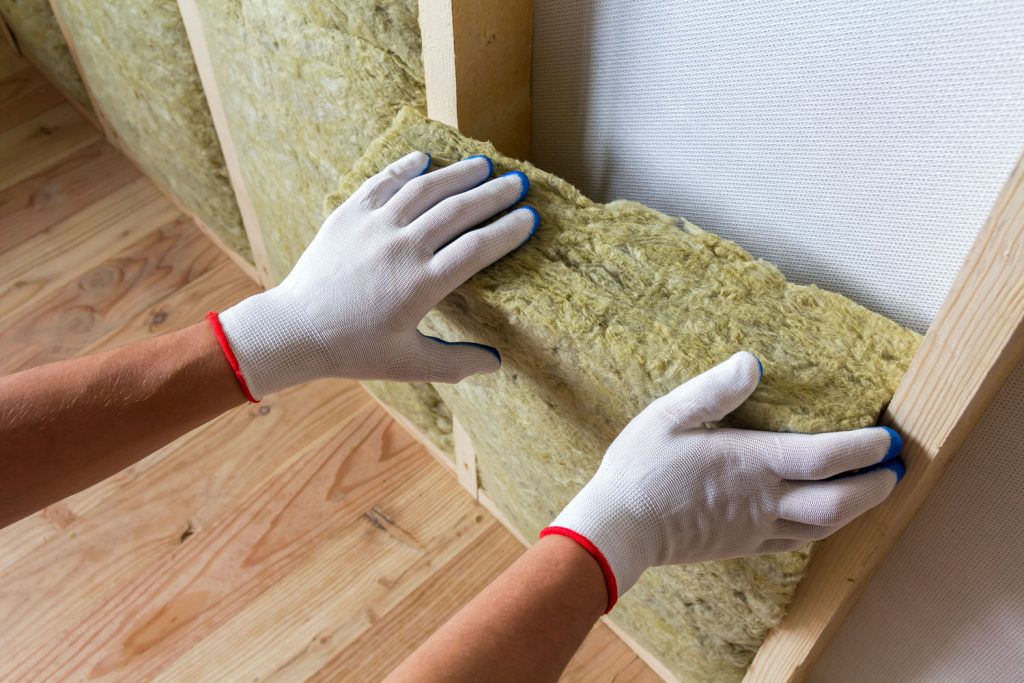
If the insulation is damaged from a water leak or a backed-up pipe, it should be replaced. However, if the insulation is only slightly wet, you may be able to salvage it.
But in the event that the insulation becomes drenched with water, it's more likely to be permanently damaged and will eventually grow mold.
In this case, it's best to replace it as soon as possible with new, fresh insulation. Wet insulation will no longer effectively insulate. Here are signs that the insulation needs to be replaced:
- You notice a musty smell coming from your attic
- The roof feels colder than usual during the winter months
- Your home is draftier than usual
- You notice water spots on the ceiling
- There are cracks in the plasterboard
- The wood frames around the home are warped
- Water leaks into the basement
- Your home is warmer than usual during the summer
Read more: How Long Does Insulation Last And When To Replace It
Wrapping Things Up
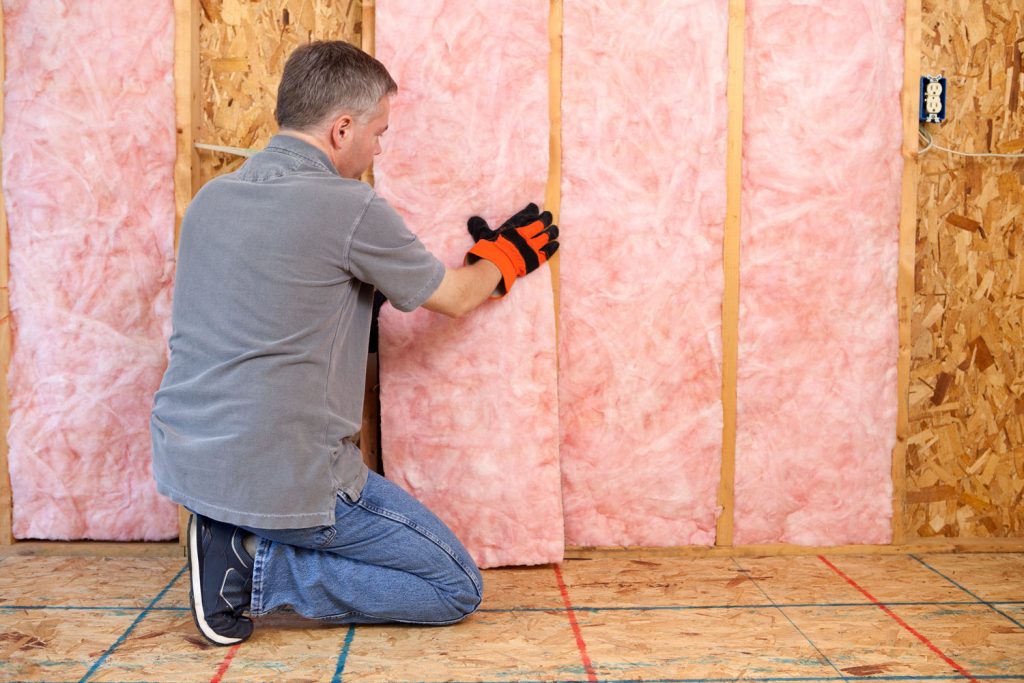
Wall insulation doesn’t necessarily cause condensation, but it needs to be installed correctly and with adequate ventilation to minimize condensation formation and mold growth as a result.
It's best to use a vapor barrier in addition to insulation to achieve the highest thermal rating and moisture control, especially if you live in a moisture-prone region.
Also, remember that you can reduce condensation using other devices such as dehumidifiers, exhaust fans, and heating systems.


